Thermistors
-
In Stock
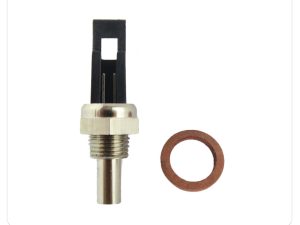
Alpha Thermistor NTC Sensor with Washer 1.021762 was 1.015970
£4.08 Select Options This product has multiple variants. The options may be chosen on the product page -
In Stock
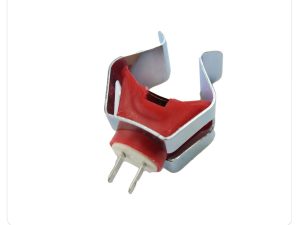
Ariston Chaffoteaux DHW Thermistor Sensor 990686-01 was 990686
£10.02 Exc. VAT £8.35 Add to cart -
Out of Stock
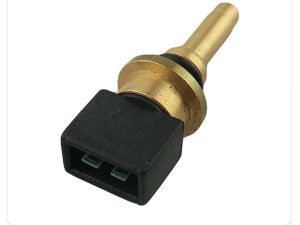
Ariston Chaffoteaux Temp Sensor Thermistor 61000733 was 1000733
£13.08 Exc. VAT £10.90 Add to cart -
In Stock
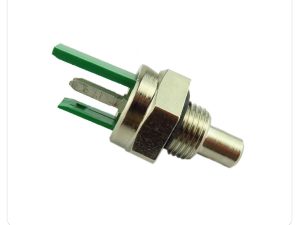
Ariston Sensor Thermister Thermistor 998458-01 was 998458 569236
£3.90 Exc. VAT £3.25 Add to cart -
In Stock
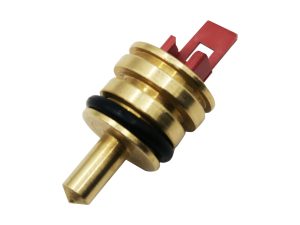
Baxi / Potterton Boiler Alternative DHW NTC Sensor 720777001
£15.00 Exc. VAT £12.50 Add to cart -
In Stock
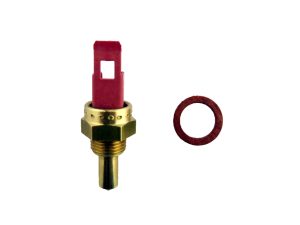
Baxi Main Potterton Thermister NTC Sensor 5114725 Type 2
£4.54 Exc. VAT £3.78 Add to cart -
Out of Stock
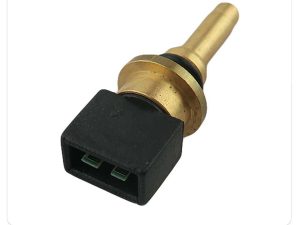
Baxi Temp Sensor Thermistor 235840
£13.08 Exc. VAT £10.90 Add to cart -
In Stock
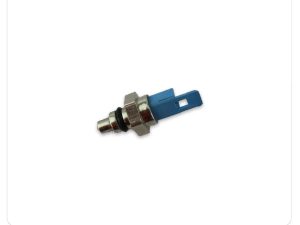
Biasi Thermister NTC Temperature Probe Ki1042501
£5.90 Exc. VAT £4.92 Add to cart -
In Stock

Biasi Thermistor Thermister Sensor with Washer BI1001117
£3.90 Exc. VAT £3.25 Add to cart -
In Stock
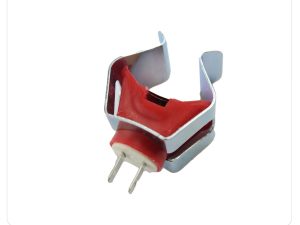
Ferroli DHW Thermistor Sensor 39810230
£10.02 Exc. VAT £8.35 Add to cart -
In Stock
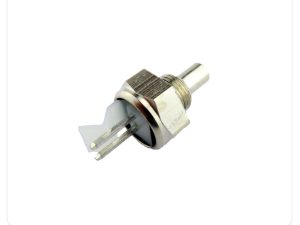
Ferroli Modena 102, 102/1 NTC Sensor Thermistor Thermister 39805620 800320
£4.59 Exc. VAT £3.83 Add to cart -
In Stock
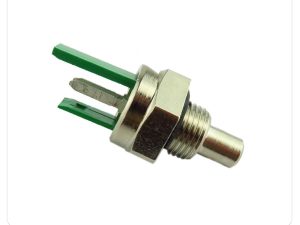
Ferroli Sensor Hot Water Central Heating Green 39800310 was 800310
£3.90 Exc. VAT £3.25 Add to cart
